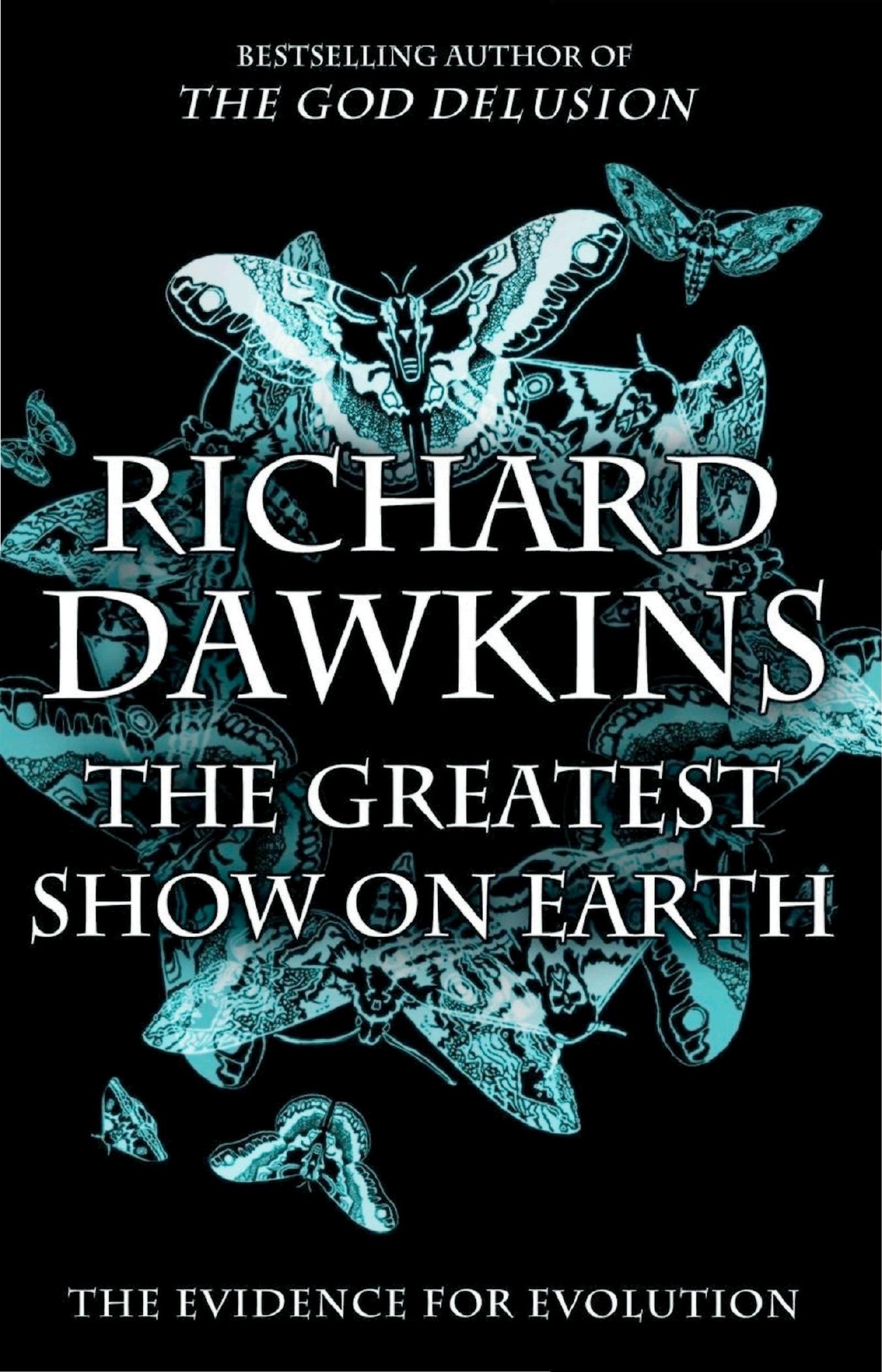The Greatest Show on Earth: The Evidence for Evolution by Richard Dawkins

Author:Richard Dawkins
Language: eng
Format: mobi, epub, azw3, pdf
Publisher: Free Press
Published: 2009-10-06T23:00:00+00:00
Cellular family tree of Caenorhabditis elegans
Embryology seems complicated – is complicated – but it is easy to grasp the important point, which is that we are dealing with local self-assembly processes all the way. It’s a separate question, given that (almost) all the cells contain all the genes, how it is decided which genes are turned on in each different kind of cell. I must briefly deal with that now.
THEN WORMS SHALL TRY
Whether or not a given gene is turned on in a given cell at a given time is determined, often via a cascade of other genes called switch genes or controller genes, by the chemical environment of the cell. Thyroid cells are quite different from muscle cells, and so on, even though their genes are the same. That’s all very well, you may say, once the development of the embryo is under way, and the different kinds of tissues such as thyroid and muscle already exist. But every embryo starts out as a single cell. Thyroid cells and muscle cells, liver cells and bone cells, pancreas cells and skin cells, all are descended from a single fertilized egg cell, via a branching family tree. This is a cellular family tree going back no further than the moment of conception, nothing to do with the evolutionary tree going back millions of years, which keeps cropping up in other chapters. Let me show you, for example, the complete family tree of all 558 cells of a newly hatched larva of the nematode worm, Caenorhabditis elegans (below: please pay close attention to every detail of this diagram). By the way, I don’t know what this tiny worm did to earn its species name of elegans, but I can think of a good reason why it might have deserved it retrospectively. I know that not all my readers like my digressions, but the research that has been done on Caenorhabditis elegans is such a ringing triumph of science that you aren’t going to stop me.
Caenorhabditis elegans was chosen in the 1960s as an ideal experimental animal by the formidably brilliant South African biologist Sydney Brenner. He had recently completed his work, with Francis Crick and others at Cambridge, on cracking the genetic code, and was looking around for a new big problem to solve. His inspired choice, and his own pioneering research on its genetics and neuro-anatomy, has led to a worldwide community of Caenorhabditis researchers that has grown into the thousands. It is only a bit of an exaggeration to say that we now know everything about Caenorhabditis elegans! We know its entire genome. We know exactly where every one of its 558 cells (in the larva; 959 in the adult hermaphroditic form, not counting reproductive cells) is in the body, and we know the exact ‘family history’ of every one of those cells, through embryonic development. We know of a large number of mutant genes, which produce abnormal worms, and we know exactly where the mutation acts in the body and the exact cellular history of how the abnormality develops.
Download
The Greatest Show on Earth: The Evidence for Evolution by Richard Dawkins.epub
The Greatest Show on Earth: The Evidence for Evolution by Richard Dawkins.azw3
The Greatest Show on Earth: The Evidence for Evolution by Richard Dawkins.pdf
This site does not store any files on its server. We only index and link to content provided by other sites. Please contact the content providers to delete copyright contents if any and email us, we'll remove relevant links or contents immediately.
| Fossils | Game Theory |
| Genetics | Molecular Biology |
| Organic | Paleontology |
Sapiens: A Brief History of Humankind by Yuval Noah Harari(14321)
Sapiens by Yuval Noah Harari(5324)
Pale Blue Dot by Carl Sagan(4954)
Homo Deus: A Brief History of Tomorrow by Yuval Noah Harari(4872)
Livewired by David Eagleman(3729)
Origin Story: A Big History of Everything by David Christian(3666)
Brief Answers to the Big Questions by Stephen Hawking(3393)
Inferior by Angela Saini(3294)
Origin Story by David Christian(3170)
Signature in the Cell: DNA and the Evidence for Intelligent Design by Stephen C. Meyer(3099)
The Gene: An Intimate History by Siddhartha Mukherjee(3074)
The Evolution of Beauty by Richard O. Prum(2964)
Aliens by Jim Al-Khalili(2803)
How The Mind Works by Steven Pinker(2777)
A Short History of Nearly Everything by Bryson Bill(2662)
Sex at Dawn: The Prehistoric Origins of Modern Sexuality by Ryan Christopher(2500)
From Bacteria to Bach and Back by Daniel C. Dennett(2462)
Endless Forms Most Beautiful by Sean B. Carroll(2443)
Who We Are and How We Got Here by David Reich(2418)
